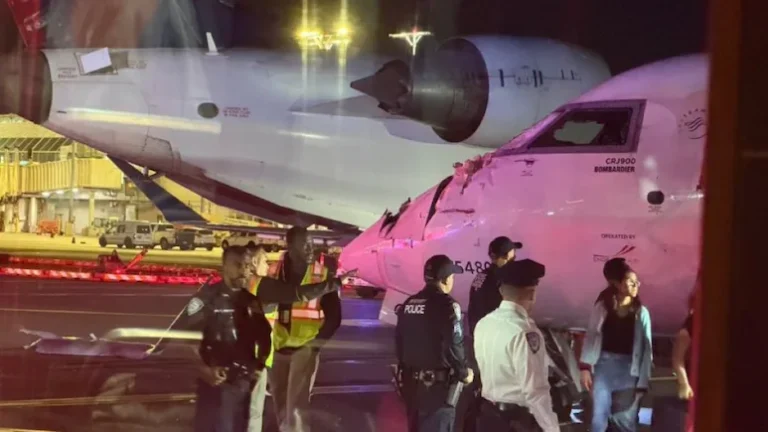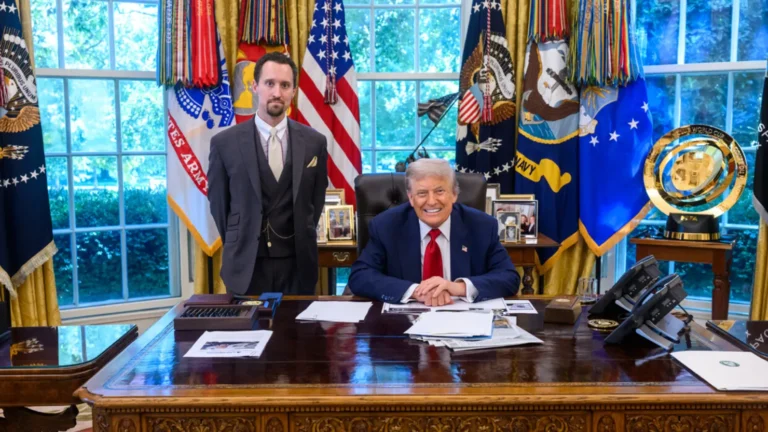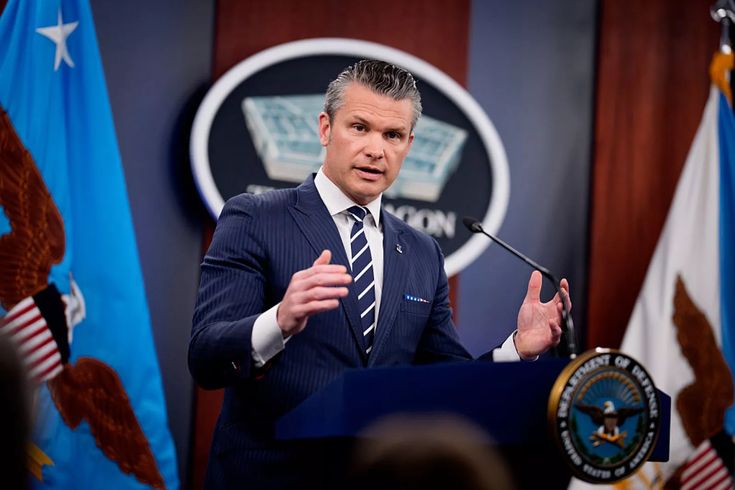
Defense Secretary Pete Hegseth has faced sharp criticism and intense scrutiny over his handling of a recent secret military meeting, which has sparked considerable controversy and media attention. The controversy began when Hegseth rejected comparisons of his leadership style to Adolf Hitler—a highly offensive analogy—after reports emerged that he had convened top military officials from around the world for a secret meeting at Marine Corps Base Quantico, Virginia.
The meeting, scheduled for next week, has raised concerns within military circles and the public due to its secrecy and the unprecedented nature of such a high-level gathering.
Hegseth’s response to the mounting criticism was particularly sarcastic. When a tweet included a historical reference to Hitler’s alleged meetings with German generals, where he exchanged oaths of allegiance, Hegseth dismissed it, leading critics to accuse him of insensitivity and poor judgment. Despite the uproar, the Pentagon confirmed that Hegseth would indeed address the assembled military leaders, but did not provide any details about the meeting’s agenda or purpose.
Thank you for reading this post, don't forget to subscribe!This lack of transparency has sparked widespread concern among both military sources and foreign officials
who worry about the potential consequences of secretly convening so many senior officers and its potential impact on ongoing overseas operations. Several military officials expressed unease about the meeting. An unidentified US military official questioned the necessity of unexpectedly bringing together so many high-ranking officers, especially at a time when global deployments are ongoing and sensitive missions are underway.
There is particular concern about whether major commands—such as those in the Pacific and Middle East—are being distracted or diverted from their critical responsibilities.
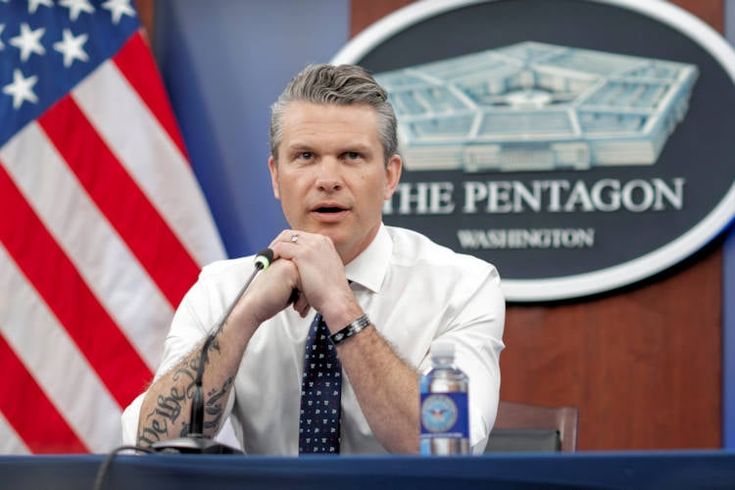
These officials fear that the secrecy surrounding the meeting could hinder transparency and coordination, leading to misunderstandings or miscalculations in sensitive international areas. Meanwhile, President Donald Trump has attempted to downplay the controversy. He suggested that the meeting was routine and nothing to worry about, emphasizing that it would discuss military equipment, weapons, and modernization efforts. Vice President J.D. Vance echoed this sentiment, dismissing the incident as a fabricated story and reassuring the public that nothing unusual was occurring.
The timing of this secret meeting comes against a backdrop of rising tensions and complex geopolitical challenges.
Officials and observers are grappling with its implications, but questions remain about its true purpose and the message it sends regarding transparency and leadership within the military hierarchy. More details are expected to emerge in the coming days, but for now, this incident has underscored the delicate balance between operational secrecy and public accountability in the modern defense landscape. Recent reports indicate a significant and somewhat surprising development within the US military establishment. Defense Secretary Pete Hegseth has reportedly convened a large gathering of military officials, including some of the armed forces’ most senior leaders.
The meeting is scheduled for next Tuesday at Marine Corps Base Quantico, Virginia.
Attendees include prominent figures such as former Chairman of the Joint Chiefs of Staff General Charles Q. Brown Jr. and former Coast Guard Commandant Admiral Linda Fagan.
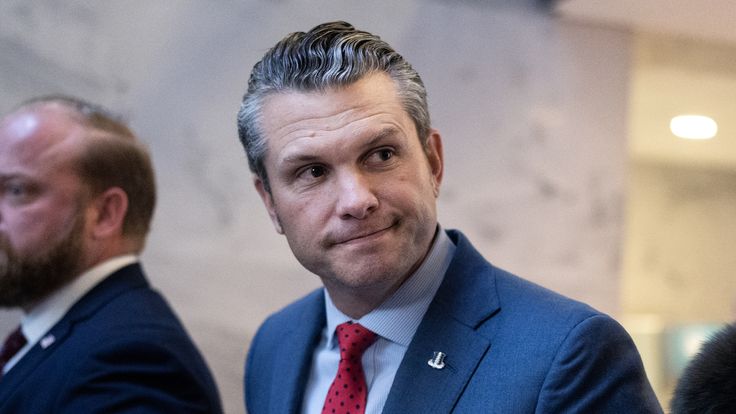
The meeting is expected to draw approximately 800 general officers, 44 of whom hold the prestigious four-star rank.This underscores the seriousness and scale of the meeting. The short notice and lack of disclosure of the reasons for the meeting are of particular note and concern. Such a large-scale meeting on short notice is unusual in military protocol, especially when involving so many high-ranking officers. The secrecy surrounding the summit’s purpose has fueled speculation and unease among both military leaders and analysts.
The timing is particularly noteworthy given recent developments in the military hierarchy, including the dismissal of senior officers and a significant reduction in the number of four-star ranks. These changes have raised questions about whether the upcoming meeting could be part of a broader restructuring effort or related to ongoing strategic shifts. This move has created a wave of concern within the military command structure, with many questioning the motives behind the meeting. The lack of transparency has further fueled concerns that it could signal significant policy or leadership changes that have yet to be publicly announced.
When asked for details at the White House, President Donald Trump appeared unaware of the specifics of the meeting and initially mistook it for a routine meeting with foreign military officials. Vice President J.D. Vance attempted to downplay the significance of the meeting, stating that such meetings are a standard part of military and government operations and therefore should not be a cause for concern. Nevertheless, the sheer scale and confidential nature of this upcoming summit has fueled discussions about potential changes in US military strategy and leadership.
With the nation watching closely, the question remains as to what the Pentagon and the White House have in store, and whether this gathering signals a new phase in the country’s defense posture or an internal military reorganization. Until further details emerge, both the military community and the general public are pondering the true purpose behind this unprecedented gathering. Recent reports indicate a significant and somewhat surprising development within the US military establishment. Defense Secretary Pete Hegseth has reportedly convened a large gathering of military officials, including some of the armed forces’ most senior leaders.
The meeting is scheduled to take place next Tuesday at Marine Corps Base Quantico, Virginia.
Among those attending are prominent figures such as former Chairman of the Joint Chiefs of Staff General Charles Q. Brown Jr. and former Coast Guard Commandant Admiral Linda Fagan. The meeting is reportedly expected to involve approximately 800 general officers, 44 of whom hold the prestigious four-star rank, underscoring the scale and gravity of the meeting. The short notice and lack of disclosure of the reasons for the meeting have drawn particular attention and concern. Such a large-scale meeting on short notice is unusual in military protocol, especially when it involves so many high-ranking officers.
The secrecy surrounding the summit’s purpose has fueled speculation and anxiety among both military leaders and analysts.
The timing is particularly noteworthy given recent developments in the military hierarchy, including the dismissal of senior officers and a significant reduction in the number of four-star positions. These changes have raised questions about whether the upcoming meeting could be part of broader restructuring efforts or related to ongoing strategic shifts. The move has sparked concern within the military command structure, with many questioning the motives behind the meeting. The lack of transparency has further fueled concerns that this could signal significant policy or leadership changes that are imminent.
A public announcement has yet to be made. When asked for details at the White House, President Donald Trump appeared unaware of the specifics of the meeting and initially mistook it for a routine meeting with foreign military officials. Vice President J.D. Vance attempted to downplay the significance of the meeting, stating that such meetings are a standard part of military and government operations and therefore should not be a cause for concern. Nevertheless, the sheer scale and confidential nature of this upcoming summit has fueled discussions about potential changes in US military strategy and leadership.
With the nation watching closely, the question remains as to what the Pentagon and the White House have in store, and whether this gathering signals a new phase in the nation’s defense posture or an internal military reorganization. Until further details emerge, both the military community and the general public are pondering the true purpose behind this unprecedented gathering. In a significant departure from regular military discussions, a rare and unprecedented conference has been organized, bringing together a broad group of military leaders.
This conference includes not only senior generals and admirals, but also their most experienced enlisted advisors.
The conference aims to gain a more comprehensive understanding of the perspectives, concerns, and experiences of rank-and-file military members serving on the front lines and supporting the military’s overall mission. While it is common for senior Pentagon officials to hold regular video conferences to discuss operational and policy matters, convening such a large number of military leaders in person presents significant security and logistical challenges.
The scale of the event and the need to ensure the safety of all participants make it a complex task.
This conference is taking place amid restrictions recently imposed by Mr. Hegseth, requiring Pentagon approval for most interactions with the public. Exceptions have been made for industry meetings and foreign briefings, but overall, these restrictions aim to tighten control over military communications. At the same time, top defense aides are finalizing a draft version of the National Defense Strategy. This new strategy emphasizes homeland security and Western Hemisphere defense, reflecting a shift in focus under the War Department’s new designation.
The strategic policy development and rare in-person meeting highlight emerging priorities within the U.S. military apparatus and an increased focus on security and organizational coordination. The Times’ journalists are closely monitoring these developments and understanding the significance of this emerging approach to military leadership and strategic planning.


